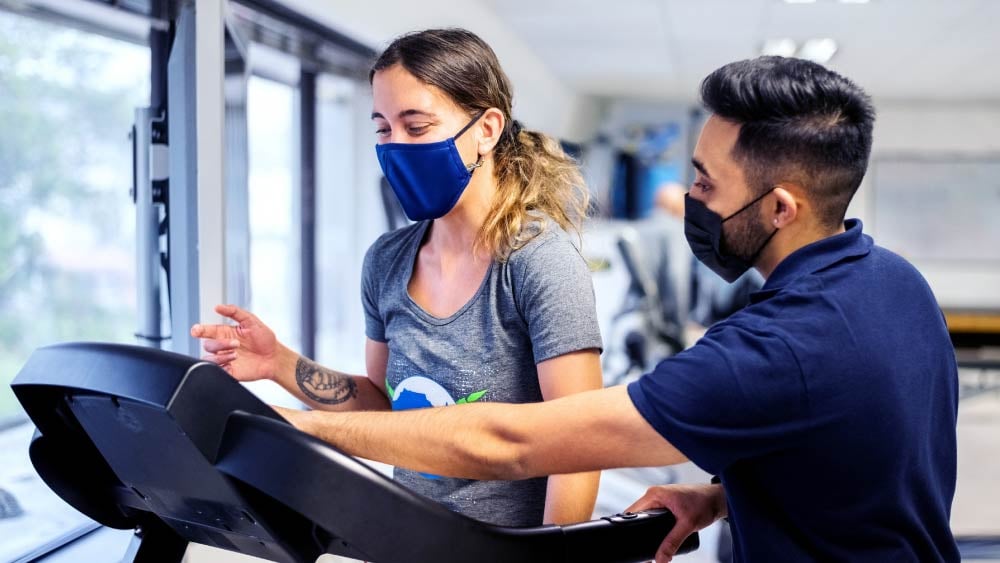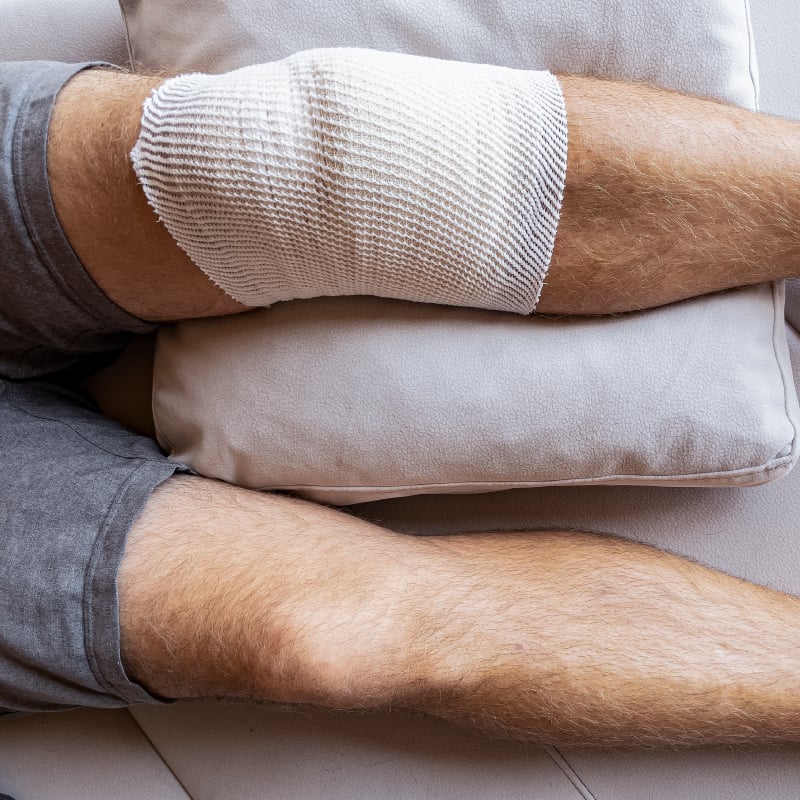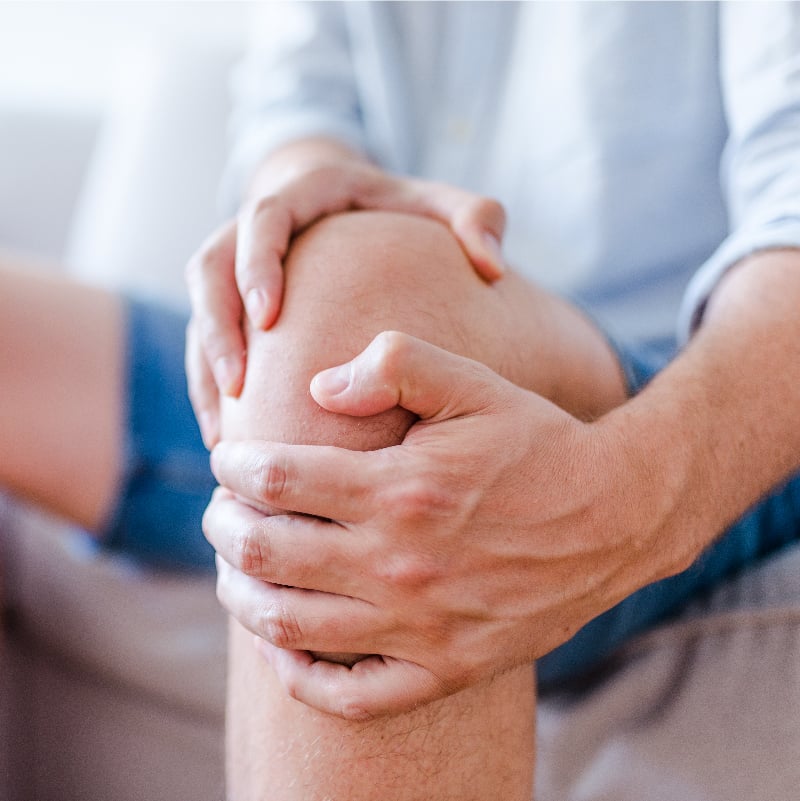Sports medicine is a broad term encompassing a team approach to help diagnosis, treat and prevent injuries and muscle skeletal conditions. A variety of providers practice sports medicine, including surgeons, non-operative physicians, athletic trainers, and physical & occupational therapists.
The sports medicine branch of treatment is geared toward athletes, but is not exclusively for athletes. Christopher Brown, MD, is the Medical Director for Rochester Regional Health Sports Medicine and an orthopaedic surgeon, and shares four ways that sports medicine specialists can help all patients being treated.
Helping high school and college athletes
Sports medicine professionals works closely with local school districts, and colleges and universities to provide support, training, and care for young athletes. Providers assist teams and coaches at practices and games for fall, winter, and spring sports.
Rochester Regional Health sports medicine providers cover many teams across the greater Rochester region. Several trainers and a sports medicine physician work with multiple districts and colleges to provide care for those athletes in a timely, geographically accessible manner.
Different providers are available for different needs, from athletic trainers who can help with strengthening and conditioning to physical therapists and non-operative physicians who offer injury treatment plans and healing. All of their work informs each other.
“We have a true team approach when it comes to treating patients,” Dr. Brown said. “Sports medicine is not just doctors; we all collaborate to make sure the patient gets the best of what they need at every stage of treatment.”
Strengthening older patients
Older individuals who are working to stay active and healthy benefit from working with sports medicine providers, as well.
Whether a patient has an injury to recover from or simply wants to get stronger, sports medicine providers work with them to bolster their bodies and keep them moving, engaged, and healthy.
Physical therapists, athletic trainers, and sports medicine physicians collaborate to help each patient continue with low-impact activities such as aerobics, Zoomba, or pickleball – all of which can make a significant difference in the health of older adults.
Treating the ‘weekend warriors’
Sports medicine is not only for young athletes but also for anyone who wants to stay active or who aims to recover from an injury.
As we age, some of us try to make up for lost time rapidly and be physically active in the same way we were younger – forgetting that our older bodies are more susceptible to injuries. Often, this can lead to injuries, soreness, and strains.
A sports medicine physician can come up with a plan to not only manage any injuries or symptoms, but help prevent those symptoms in the future and get people back to where they need to be with their physical fitness.
“There is a range from athletes who are 15 to those who are 65,” Dr. Brown said. “The requirements for treatment, therapy, and recovery are different. Our providers do exceptional work in tailoring individual recovery plans to each patient.”
Treating acute and chronic conditions
Sports medicine physicians have the capacity to treat both acute or chronic conditions. For injuries requiring surgery, which are often acute, providers can order imaging to diagnose the injury, come up with a treatment plan, then align with a physical/occupational therapist to ensure a smooth and complete recovery.
With chronic conditions such as soreness or tendinitis, the pain often comes from doing too much, too fast, too often, combined with a lack of flexibility or strength.
Physical therapy can help patients to overcome many of these challenges, by increasing flexibility and strengthening muscles around areas of the body that need more support.
“Our sports medicine providers are geared toward evaluating multiple musculoskeletal injuries and coming up with a care plan to best suit the patient and get them back to whatever activity they enjoy doing,” Dr. Brown said.









